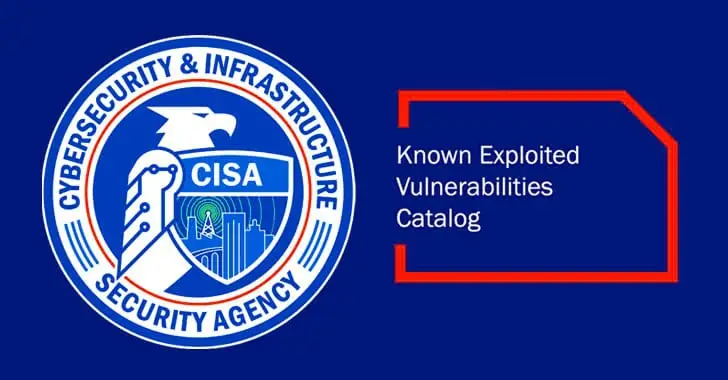Cybersecurity today is like a battleground where organizations have to be more alert than ever. With hackers finding new loopholes daily, companies rely on solutions like Palo Alto Threat Vault, Palo Alto Vulnerability Protection, and other defense mechanisms to keep cyber threats at bay. However, many businesses make common mistakes while setting up their security, leading to breaches that could have been easily avoided.
The Power of Palo Alto Threat Vault
Palo Alto Threat Vault is the primary database storing millions of threats, helping businesses detect and prevent cyber attacks. But only deploying it is not enough; it requires constant monitoring and updates. Indian cybersecurity teams often neglect this crucial step, assuming once set up, it will work automatically. However, hackers continuously evolve their attack methods, making updates mandatory.
Common Configuration Errors
- Ignoring Zone Protection Profile Palo Alto: Many organizations do not configure zone protection properly, leaving networks vulnerable to flood attacks.
- Lack of DoS Protection Palo Alto settings: Denial-of-service attacks are common, and if DoS protection isn’t configured, businesses can suffer major downtime.
- Palo Alto Vulnerability Protection Best Practices ignored: Instead of following standard best practices, teams often go with default settings, which is not sufficient against evolving threats.
- Skipping Regular Threat Prevention Updates: Palo Alto Threat Prevention should be updated regularly, but companies often delay updates due to system downtime concerns.
Why Indian Companies Struggle with Cybersecurity?
Many Indian businesses, especially SMEs, fail to invest in proper cybersecurity measures. The problem arises due to multiple reasons:
- Lack of dedicated security teams
- Misconfigurations in Palo Alto Vulnerability Protection
- Over-reliance on outdated firewall rules
- No structured approach to threat intelligence
A huge mistake that Indian content writers make is assuming that simply mentioning Palo Alto Threat Vault or Palo Alto Vulnerability Protection Best Practices is enough. But implementation matters more than just knowing the concept.
Steps to Strengthen Security
- Implement Zone Protection Profile Palo Alto Properly
- Set flood thresholds carefully.
- Configure reconnaissance protection to detect scanning activities.
- Enable DoS Protection Palo Alto Correctly
- Differentiate between single-source and multi-source DoS attacks.
- Apply rate-limiting policies for sensitive zones.
- Regularly Update Palo Alto Threat Prevention
- Schedule updates to avoid major downtime.
- Review new vulnerabilities added to the Palo Alto Threat Vault.
- Follow Palo Alto Vulnerability Protection Best Practices
- Enforce strict policies for high-risk applications.
- Apply virtual patches immediately after threat detection.
Final Thoughts
Cyber threats will keep growing, but with proper security measures, companies can reduce their risk significantly. Palo Alto Threat Vault, Palo Alto Vulnerability Protection, and best practices like configuring Zone Protection Profile Palo Alto and DoS Protection Palo Alto properly play a crucial role in cybersecurity defense.
Many Indian companies ignore these essential steps, leading to avoidable cyber incidents. A proactive approach with Palo Alto Vulnerability Protection Best Practices can make all the difference in safeguarding businesses from severe breaches.
In cybersecurity, being one step ahead is the only way to stay safe!
Latest Palo Alto Security Updates (February 2025)
According to the latest updates from Palo Alto Networks, several vulnerabilities have been identified and patched in PAN-OS. One of the most critical issues,CVE-2025-0108 and CVE-2024-3400, could allow remote attackers to exploit misconfigured firewall policies, potentially leading to unauthorized system access. Security researchers recommend urgent patching to prevent exploitation.
Additionally, the Palo Alto Threat Vault has been updated with new malware signatures targeting recent attack vectors, including zero-day exploits affecting cloud environments. Organizations using Zone Protection Profile Palo Alto should reassess their configurations to ensure that the latest threat intelligence is applied.
Government cybersecurity agencies like CISA and CSA have also issued advisories, urging enterprises to adopt enhanced DoS Protection Palo Alto strategies to counteract increasing Distributed Denial-of-Service (DDoS) attacks. Experts advise companies to regularly monitor the Palo Alto Vulnerability Protection logs to detect anomalies early.
For a complete list of vulnerabilities and the latest Palo Alto Threat Prevention measures, visit Palo Alto Networks’ official security page.
Staying updated with the latest patches and implementing best practices is the key to maintaining a secure IT infrastructure.



